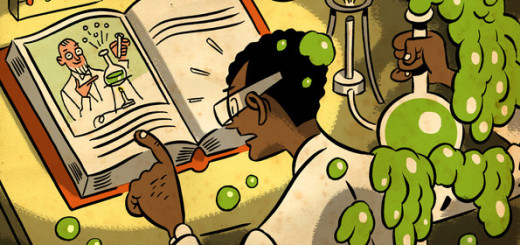Paying attention to details will help your manuscript get published
Have you ever tried to bake? I attended a baking workshop recently, because I wanted to get over my fear of baking. One thing that I learned in the classes was that if you want a perfect outcome, you have to pay close attention to every little detail. Everything from the proportion of the ingredients, to the technique of layering and the temperature of the oven matters. If you falter at one step, the entire effort will be vain. I must say I took considerable time to get all factors in place and bake some cookies that were edible!
But this experience reminded me that even for a good manuscript, each detail is crucial. Starting from the title to the last page of the conclusion, every stage must be completed accurately. Here’s how it goes:
Step 1: Know the ingredients
You must start with getting to know the elements that you will need to put together a dish, which in this case, is a manuscript. The resources like machinery/equipment for experiment and data storage, stationery for taking notes, etc. must be present. You also need data and participants for the study. Plus, reference material like books, journals, conference notes and online resources must be acquired.
Step 2: Understand the recipe (procedure)
How will you go about writing the manuscript? For this you must be thorough with the various sections and the format in which they must be arranged. The sections of a manuscript are abstract, introduction, literature review, research methods, data analysis, results and conclusion. The recipe for a manuscript will also include adding some graphical elements like illustrations and charts.
Step 3: Give it adequate time
Just like a cookie or a cake needs to be baked for adequate time, similarly, you have to dedicate optimum time to the manuscript. Rushing with the documentation or experiments will not lead you to success. On the other hand, if you keep procrastinating and delay the work, you will never be able to submit the manuscript. So, maintain a balance between both extremes.
Step 4: Familiarity with accepted standards
It is good to be innovative, but there is a certain standard that you must adhere to. While we could add different spices and herbs to the breads while baking, the basic rules about using flavors had to be followed. Similarly, you cannot neglect the mandated structure and formatting guidelines for the manuscript. Learn about the citation style, like APA, that is accepted by the targeted publisher.
Step 5: Finishing and serving with élan
After completing a dish, failing to serve it right would result in spoiling the whole effort, and rebuke from the teacher. In case of a manuscript, presentation aspects are like the icing on the cake. Take care of the margins, spacing, labeling, cover page, font size and quality of paper for printing. While these will not change your content, they will definitely affect the opinion that the publishers hold about your work.
At the end of the 12 weeks workshop, I was able to decently bake my favorite cookies and cakes. You need to practice and have patience. Gain perfection in all of the steps listed above and you will be able to dish out a manuscript that is fresh, delectable, and ready to be published.
Subscribe now!
Subscribe today and get future blog posts your email.



Recent Comments